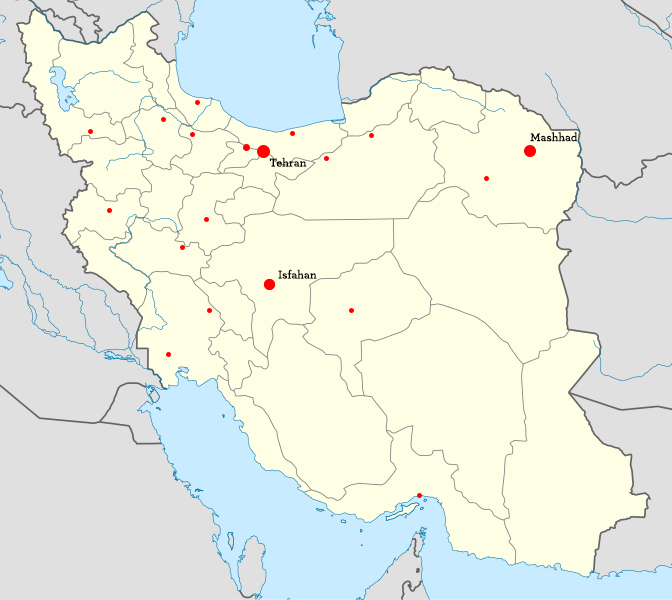
Incidents reported by SAFEY
In late December, massive protests came underway across Iran resulting in casualties, injuries and hundreds of arrests. Demonstrations and unrest of this scale are considered rare in Iran, and this wave of protests was the largest since post-election demonstrations in 2009.
The discontent of these protests was directed at the sitting government’s alleged mismanagement of the economy, failing its promise of prosperity following the lifting of international sanctions in 2015 over Iran’s nuclear program. Accusations of corruption against officials as well as the banking system have also been expressed and were in focus as the protest movement evolved and spread across Iran.
The government was quick to blame the unrest on foreign influence, claiming it was orchestrated by Iran’s “enemies” to destabilize the country. The state proceeded to suppress the demonstrations, taking on a heavy-handed approach that resulted in widespread clashes. In addition to police response, pro-government protests also took place alongside, further contributing to skirmishes between protesters.
During the period of intense protests, occurring every day in two weeks, SAFEY focused on monitoring the situation and addressing new developments. Alerts were published each day informing users of demonstrations taking place in major cities across Iran. These alerts added particular attention to informing our users about the potential of unrest as protests grew in numbers and intensity.
The protests in Iran show the importance of warning systems in areas where events of such intensity are not commonplace. Often demonstrations can erupt spontaneously and spread to other areas, causing unexpected disruptions and safety risks to travelers.
SAFEY provides the following in-app advice during high-risk protests and unrest:
- Exercise caution and remain aware of signs of increased tensions in your area. Immediately leave if you notice the presence of masked or armed protesters and riot police.
- Avoid all protests and large public gatherings due to the risk of unrest and monitor local media outlets and this security information service regularly.
Timeline of Events
Our timeline of the events shows how the protests developed over the course of two weeks and the potential security risks and disruptions as a result. As the demonstrations broke out, SAFEY provided at least 13 updates to its users. Here are selected contents of the alerts:
- Initial alert by SAFEY at 14:01 (GMT+2) on 28 December
- Alert informing about nationwide demonstrations directed at Hassan Rouhani’s government. Largest protests reported in Mashad, Yazd, Sahroud and Kashmar.
- First update by SAFEY at 16:43 (GMT+2) on 29 December
- Update providing detailed information on the scale and nature of continuing demonstrations in numerous cities. During this time, the authorities warned that any such gatherings would be firmly dealt with by the police, who began taking action on main intersections.
- Second update by SAFEY at 08:47 (GMT+2) on 30 December
- Update reporting on additional pro-government rallies across the country in response to the anti-government movement. No unrest or violence reported at this time but SAFEY warns of the possibility of skirmishes.
- Third update by SAFEY at 00:08 (GMT+2) on 31 December
- The protests entered its third day on Saturday and reports of violence began emerging in some areas, as protesters were met with a harsh response from police and armed forces.
- Multiple updates by SAFEY up until 7 January
- Coverage of demonstrations and violent incidents continued as sporadic protests have taken place across the country. The government eventually claimed on 7 January that security forces had put an end to the unrest.
The following cities saw significant demonstrations during this time:
Tehran, Mashhad, Isfahan, Amol, Semnan, Shadegan, Zanjan, Abhar, Karaj, Arak, Dorud, Kermanshah, Izeh, Shahr-e-Kord, Bandar Abbas, Yazd, Shahroud, Mashhad, Bukan, Rasht, Kashmar

